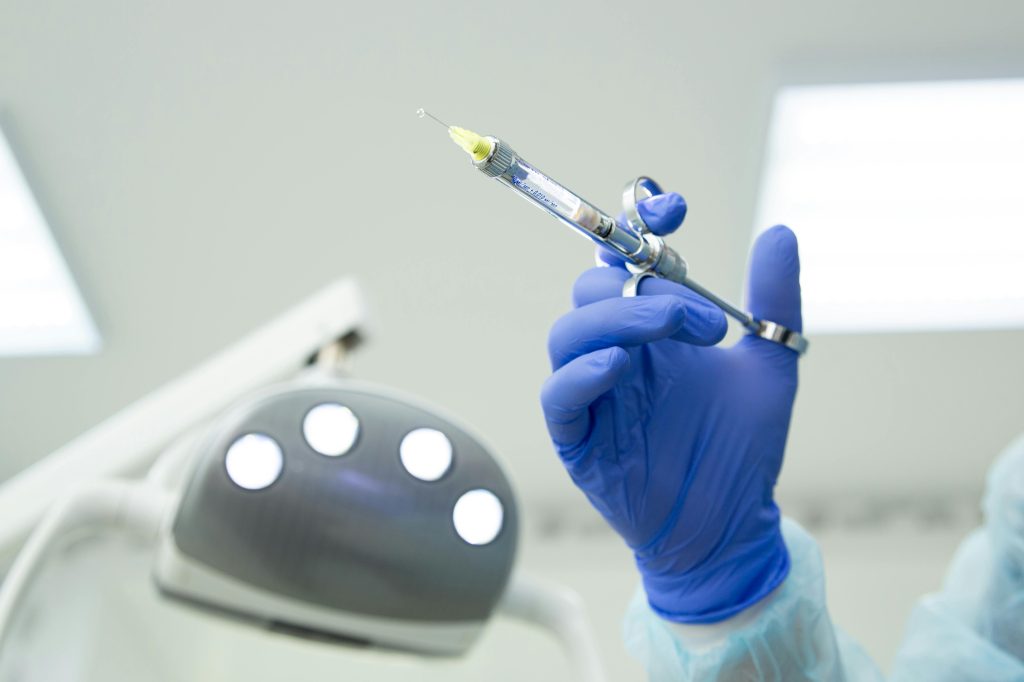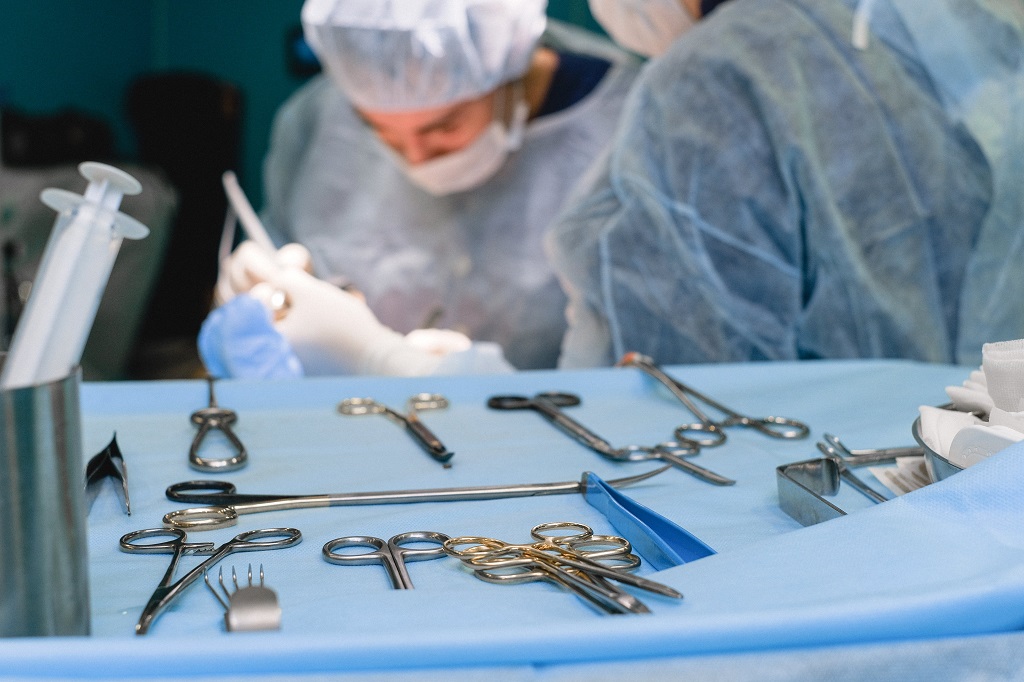- Invasive medical procedures involve entering the body for diagnosis or treatment, carrying potential risks.
- These risks include infection, bleeding, complications from anesthesia, organ damage, and psychological trauma.
- Choosing a reputable healthcare provider and following their instructions can help mitigate these risks.
- Non-invasive or minimally invasive alternatives, such as lifts, ultrasound, and physical therapy, often exist.
- Prioritize understanding these risks and alternatives to make informed healthcare decisions, prioritizing your well-being.
Invasive medical procedures are often necessary for diagnosing or treating various conditions. While these procedures can be life-saving, they also have risks that should not be ignored. Invasive procedures can cause pain, complications, and even death in some cases. Here’s what you need to know about invasive procedures, ways they can be dangerous to you, and great alternatives for them.
What Are Invasive Procedures?
Invasive procedures involve entering the body through a small incision or puncture to diagnose or treat a condition. These procedures typically use tools and instruments, such as catheters or endoscopes, to access internal organs or tissues.
Risks of Invasive Procedures
While invasive procedures can be crucial for cosmetics, they also carry significant risks. Some potential dangers associated with invasive procedures include:
1. Infection
One of the most common and severe risks of invasive procedures is infection. Any time the skin is broken, bacteria risk getting into the body and causing an infection. Infections can be mild or severe and can even be life-threatening in some cases. Choosing a reputable healthcare facility with proper infection control procedures is important to reduce the risk of infection. You should also ensure that your healthcare provider follows proper sterile techniques during the procedure.
2. Bleeding
Invasive procedures can also cause bleeding, both during the procedure and afterward. Excessive bleeding can be dangerous and, in some cases, can even be fatal. If you take blood-thinning medications, you should inform your healthcare provider before the procedure. You should also follow any pre-procedure instructions, such as fasting or stopping certain medications, to reduce the risk of bleeding.
3. Anesthesia Complications

Many invasive procedures require the use of anesthesia, which can also be dangerous. Anesthesia can cause breathing difficulties, heart problems, and allergic reactions. Before the procedure, your healthcare provider should thoroughly evaluate your medical history and overall health to determine the appropriate type and amount of anesthesia. It’s essential to follow all instructions related to fasting before the procedure and to inform your healthcare provider of any medications you are currently taking.
4. Organ Damage
Some invasive procedures involve entering the body cavity to reach the affected organs. This can increase the risk of damage to other organs, such as the liver, kidneys, or lungs. In rare cases, this can even result in organ failure or long-term injury. To reduce the risk of organ damage, it’s important to choose a healthcare provider with experience performing the procedure and to follow all pre– and post-procedure instructions carefully.
5. Psychological Trauma
Invasive procedures can also take a toll on your mental health. The physical pain and discomfort, as well as fear and anxiety leading up to the procedure, can cause psychological trauma. To reduce the risk of psychological trauma, it’s essential to communicate your concerns with your healthcare provider. They may be able to provide you with additional information or resources to help you cope with the procedure.
Best Alternatives to Invasive Procedures
Fortunately, there are often non-invasive or minimally invasive alternatives to many procedures. Here are some of them:
Lifts
Cosmetic procedures that involve lifting sagging skin can often be achieved through non-invasive methods like dermal fillers or laser treatments. A good example is a non-surgical butt lift. These procedures use a combination of injections and lasers to tighten and lift the skin, providing similar results to a traditional surgical butt lift without the risks. You can visit a local non-surgical BBL clinic to ask about your options. They can also recommend the best course of action for your specific needs.
Ultrasound Therapy
Ultrasound therapy is an effective alternative to invasive procedures like facelifts and body contouring. It uses ultrasound waves to heat and stimulate collagen production, resulting in tighter and firmer skin. This procedure is non-invasive, requires no downtime, and produces natural-looking results.
Physical Therapy

Physical therapy is an excellent alternative to invasive procedures like knee or hip replacements. Physical therapy offers a range of benefits, including enhancing mobility, alleviating pain, and managing chronic conditions like arthritis. Achieved through a combination of targeted exercises, stretches, and manual techniques, physical therapy provides effective solutions for improved quality of life.
While invasive medical procedures are necessary sometimes, they should not be taken lightly due to the potential risks involved. Understanding these risks and exploring non-invasive or minimally invasive alternatives can help you make an informed decision about your healthcare. Discuss your concerns and options with your healthcare provider before undergoing any procedure. Your health and well-being should always be the top priority.
